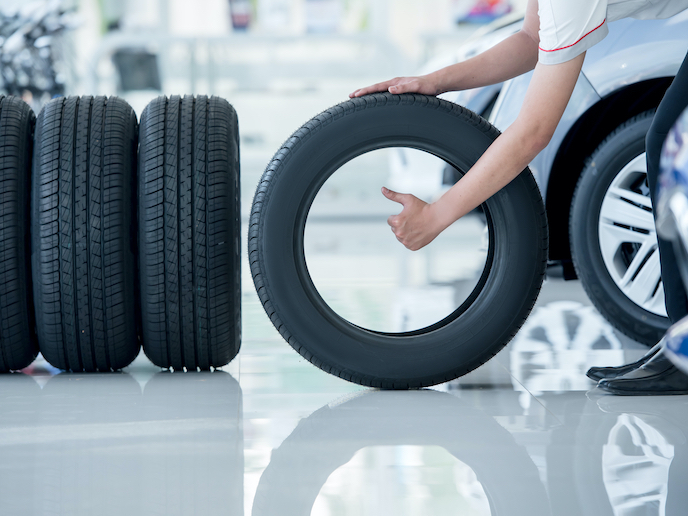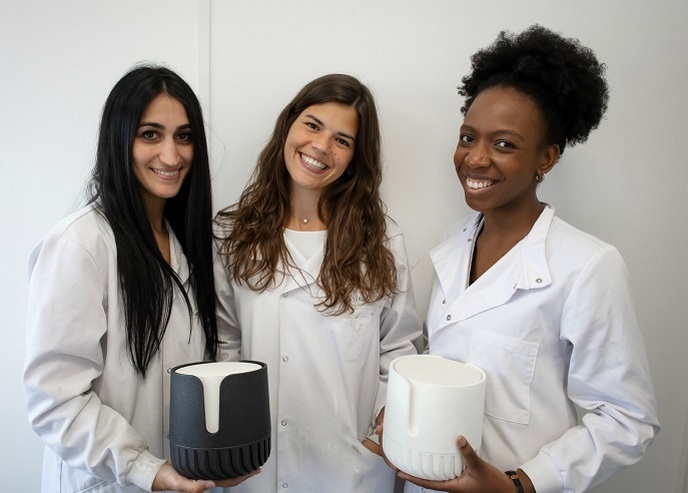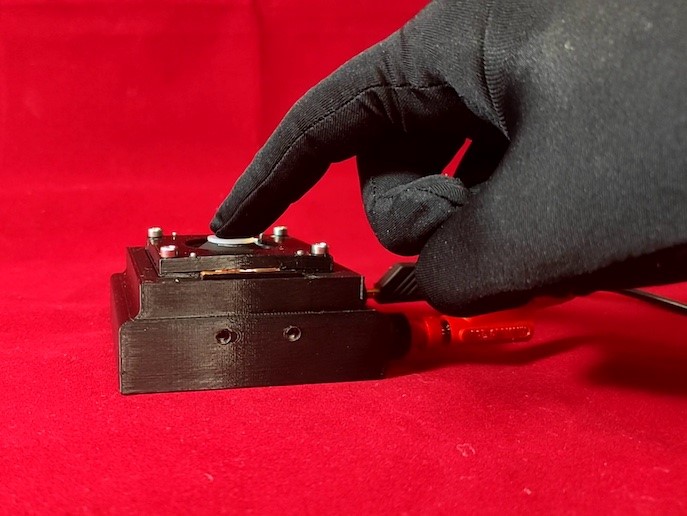Rubber manufacturers to benefit from automated cleaning solution
Natural rubber is a stiff yet stretchy material that finds its way into countless everyday products, from bicycle and car tyres to food containers and shoes. It is so ubiquitous that it is perhaps not something we think about too often. “First thing in the morning, we jump into the shower and use shampoo that comes out of a plastic bottle,” notes One4Clean project coordinator Carlo Macchi, R&D manager at MCR, Italy. “We draw water that comes out of taps with rubber seals. We brush our teeth with a toothbrush that contains rubber parts.” Ongoing demand for the material means that the global market is expected to continue to grow. In a competitive market however, rubber suppliers and manufacturers must continuously look to optimise their production processes, especially the finishing steps. This is because clean rubber is critical to the quality of finished products. Before it can be transformed into products, the rubber needs to be treated to remove imperfections and dust that are created during harvesting and early processing. “Residual dust makes it difficult to glue rubber to other materials,” explains Macchi. “It can also create problems for end users. For example, a black bag can release fine dust and dirty a white suit.”
Two steps in one
The EU-funded One4Clean project was launched to help MCR assess the market feasibility of a machine that combines two critical functions. “The cleaning process is usually carried out in two steps,” adds Macchi. “Firstly, grinding machines work the surface of the rubber using abrasive papers. This removes defects and leaves the material soft to the touch.” Secondly, dedusting brushing machines remove the dust produced during the grinding process. This usually involves rotating brushes and air blades that blow air into even the smallest imperfections to remove residue. “These processes are not perfect,” he notes. “Current buffing and dedusting practices consume huge amounts of energy, and often produce average results. Dust emissions are also a potential health hazard for workers.” The company believes that by combining both of these processes in an automated all-in-one machine, producers can achieve greater cost-effectiveness and energy efficiency, as well as enhanced worker safety. “Our machine can also help manufacturers to expand their product ranges,” explains Macchi. “In addition to cleaning rubber sheets, our new machine can be used to clean textile fabrics.”
Efficient rubber processing
The One4Clean project enabled MCR to show how their all-in-one machine can increase output and deliver clean, blemish-free material. “This stand-alone machine also reduces the number of workers that need to be allocated to machine operations,” says Macchi. “Dust release is also kept to a minimum.” Greater operational efficiency, he explains, will enable companies to become more sustainable through lower energy use. “We’ve calculated that this solution costs 15 % less than traditional machines,” he adds. The project also helped the firm to identify a key selling point – the fact that many companies have limited space. By combining two essential processes, businesses can save space and optimise their operations. Following completion of the 4-month project in March 2020, MCR’s objective now is to begin commercialisation. The company aims to sell 220 machine units after 5 years of exploitation, generating EUR 17.2 million and creating 24 full-time positions.
Keywords
One4Clean, rubber, grinding, dedusting, dust, brushing, materials







